Can Gio District is located southeast of Ho Chi Minh City with an approximately 20km-long coast and interlaced river system. It s favorable conditions for farming many valuable commercial seafood species, including oysters.
Oysters are one of the main species that are cultivated popularly in Can Gio District. There are many floating oyster farming rafts on the rivers of Ha Thanh, Dong Trach, Cong Hoa and Rach Lo. At present, there are nearly 500 households engaging in oyster farming with a total area of 12ha, yielding over 100 tonnes /ha. In 2010, the total income from oyster farming approached 50 billion VND. For many households who have invested in the trade their net revenue reached about some billion VND per year. Therefore, oyster farming is dramatically developing in Can Gio.
Oyster farming needs a small investment but brings high profit due to the available food in nature. The farmers buy breeding oysters at a cost of 10,000 VND/kg, build cages and drop them down the rivers. After a period, they can harvest and sell oysters with a price of 25,000VND/kg. For this reason, local people consider oyster farming a super-profit endeavor.
Long Hoa and An Thanh Communes and
Do Van Tam, 54 years old, in Long Hoa Commune who was the first one raising oysters in Can Gio District and has spent 15 years in the trade said: “Oyster farming is cushy because every March farmers start putting breeding oysters into cages and then take care of and clean the cages to help the oysters rapidly grow until the harvest”.
According to experienced farmers, the rivers in Can Gio are suitable habitats for oysters because of a high salinity and regular ebb and flow. Oysters grow quickly with three oysters weighing about 1kg. Due to the high quality, oysters raised in the area are sold at a high price and are much sought after by customers.
Thanks to the trade, many people built spacious houses and their living standards improved considerably. Each household earns at least 100 million VND and some families can earn several billion per year. Furthermore, the trade also helps provide jobs for many people with an acceptable income of about 3.5 million/ person/ month.
Despite favourable conditions, oyster farmers face many difficulties. For instance, from July to Tet (lunar New Year Holidays) is the harvest of oysters. However, it rains so much, which causes a change of water temperature that kills the oysters. Thus, farmers must harvest early with a lower productivity and quality.
At present, Can Gio District’s Agricultural Department and many farmers are experimenting on raising the Thai Binh Duong oyster variety and looking for a method that helps farming oysters in the rainy season. The success of this method will create a great economic development direction for the locality.
In
Source: VNP









.png)
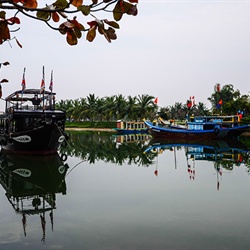
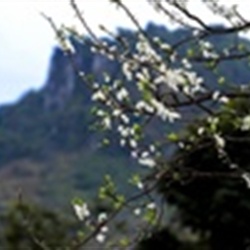
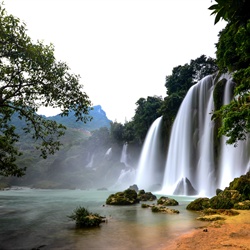
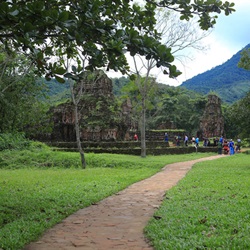
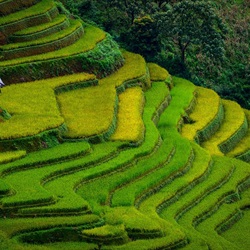
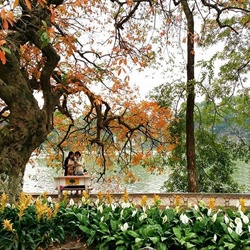
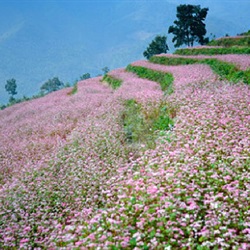

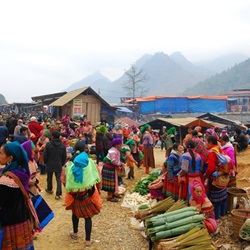

COMMENTS